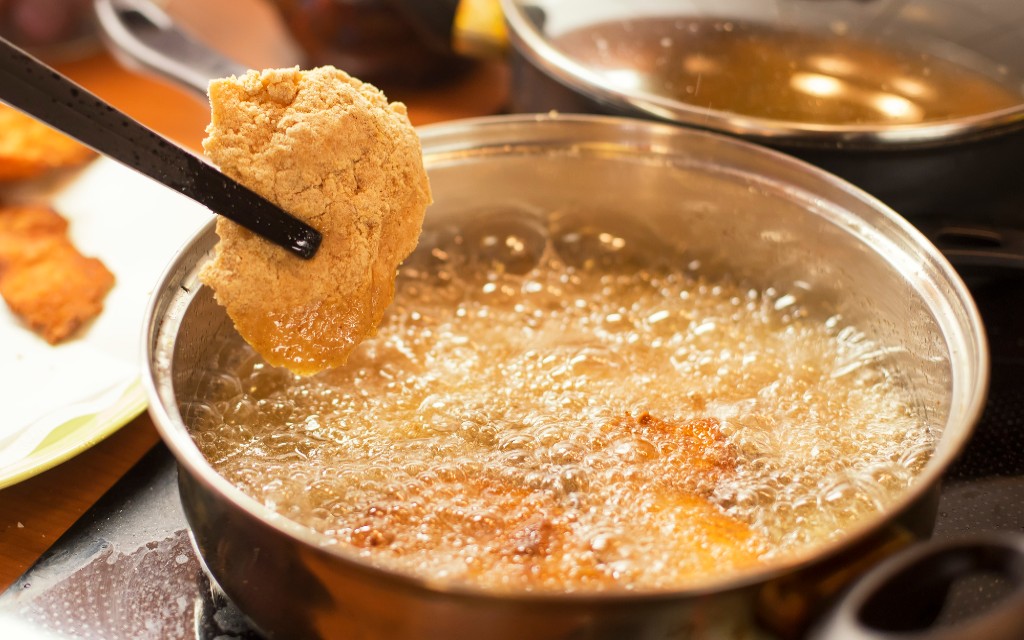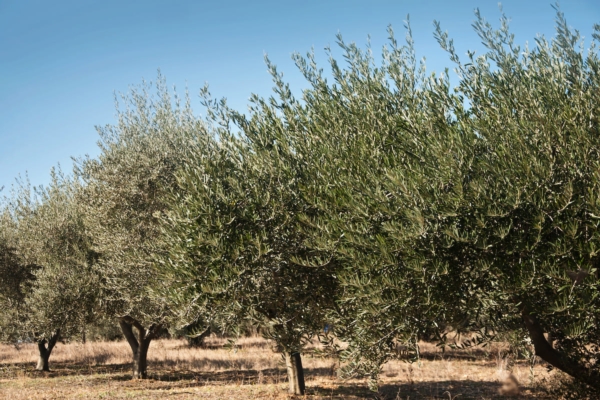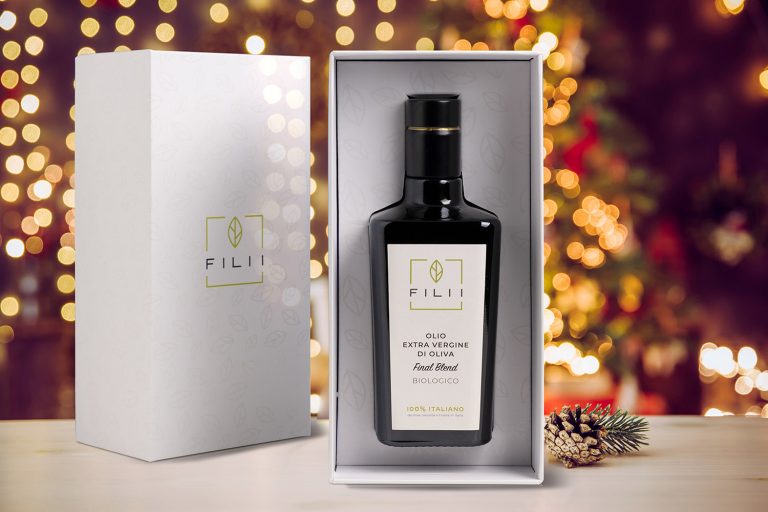
The Best Oil for Frying
- Post author:Guest-admin
- Post published:October 7, 2024
- Post category:Approfondimenti EN
Frying is one of the most debated cooking methods in the kitchen. On one hand, it satisfies the palate with its crunchy taste, but on the other hand, it raises many concerns about its potentially harmful effects on human health.
In reality, scientific studies show that a moderate consumption of fried foods can actually be beneficial in a diet, as it stimulates bile function, maintaining proper liver functionality and keeping the metabolism active. Moreover, when done properly, frying helps to preserve the vitamins and other nutrients contained in foods.
It is crucial to choose the right oil for cooking and use it properly, replacing it several times in case of large preparations, as often happens in the kitchen of a pizzeria or a restaurant.
In the comparison of different vegetable oils, there is a widespread belief that extra virgin olive oil is too “heavy” and flavorful, whereas it is actually one of the most digestible natural foods and offers many aromas and flavors—from light to medium and intense fruity—that can enhance any recipe and type of cooking.
However, often due to its lower price, other vegetable fats like sunflower oil and corn oil are preferred. Among these, palm oil is chosen for its higher smoke point (around 230 degrees Celsius).
But what is the smoke point and why should it be avoided?
It is the temperature beyond which a dietary fat begins to break down, releasing volatile substances (aldehydes), some of which are toxic, such as acrolein, which is harmful to the liver, and acrylamide, which is carcinogenic.
Extra virgin olive oil, compared to other vegetable and animal fats, offers a significant advantage because it is very stable and reaches the smoke point more slowly, thanks to its particular richness in oleic acid and phenolic compounds.
Of course, there is no need to opt for a premium label, but a good basic selection, preferably from the recent harvest season, would be sufficient for frying that is not only delicious but also offers some health benefits, thanks to the action of natural antioxidants.
So go ahead (but not too much!) with savory croquettes, battered vegetables, breaded anchovies, mozzarella balls, Ascolane olives, and many other recipes, including sweet treats like chiacchiere, zeppole, and classic fried doughnuts.
However, always follow a few precautions, starting with choosing a pan that is proportional to the size of the foods, ensuring they are completely submerged in the oil. It is important not to add too many pieces at once; otherwise, the oil temperature will drop and be absorbed. Finally, it is better to add salt only at the end when the fried food is ready to be served.






